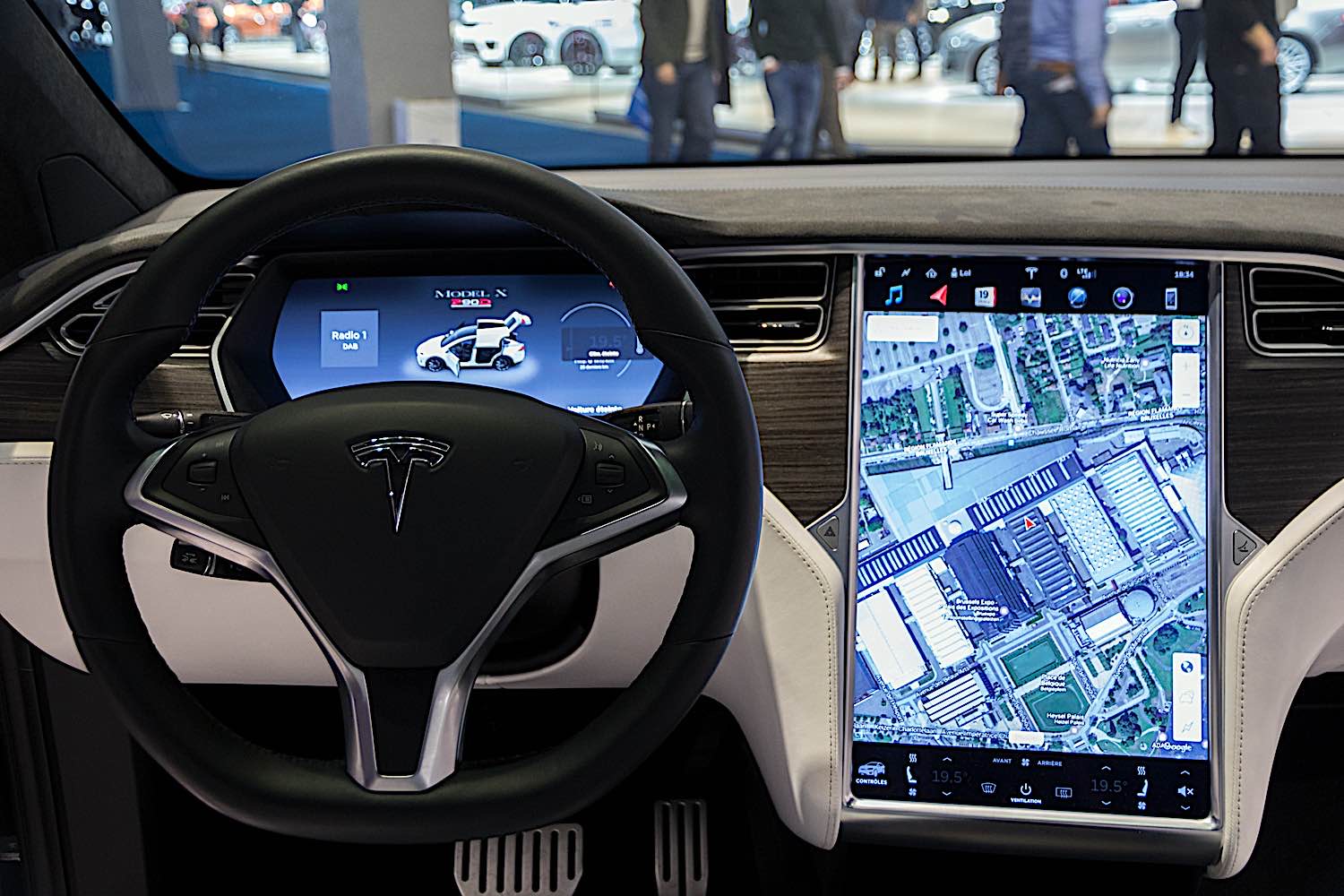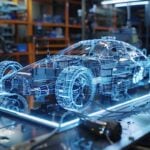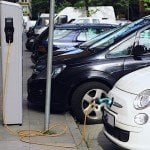The latest advancements in battery technology, electrification systems, growing charging and grid infrastructure, and data analysis are making Evs a solid mainstream choice for auto consumers. Putting aside infrastructure and grid, the three main drivers (pun intended) of EV adoption are technology, notably a relative “revolution” (rather than evolution) in battery technologies, superior “energy conversion” electrification systems, and — the unsung hero — genuine, useful data from onboard systems.

Quick Facts
- Electric vehicle (EV) battery technology is rapidly evolving, with new developments such as solid-state batteries offering increased energy density and faster charging times.
- Lightweight materials are being used in the construction of EVs to reduce their weight and thus increase their energy efficiency and range.
- Bi-directional charging allows electric vehicles to not only draw power from the grid but also to feed power back into it, potentially serving as mobile energy storage units.
- New battery technologies such as lithium-sulfur and lithium-air are being explored, which could potentially offer higher energy densities than current lithium-ion batteries.
- Hydrogen fuel cell technology is being used in some electric vehicles, offering a different approach to electric propulsion that produces only water as a byproduct.
- Wireless charging technology for EVs is being developed, allowing for charging pads to be installed in parking spaces and even in roads for continuous charging while driving.
- Solid-state batteries, with their higher energy density and lower risk of fire, are being developed by companies like QuantumScape, potentially increasing the range of electric vehicles.
Solid State Battery:
Revolution in Battery Design
Any conversation about electric vehicle technology begins with batteries. It’s becoming increasingly clear: The lithium-ion batteries are on their way out, and we’re moving towards solid-state batteries. These new-generation batteries, equipped with solid electrolytes, promise a higher energy density, faster charging times, and better safety. With these in the arsenal, electric vehicles can travel longer on a single charge and be ready to hit the road again in no time.
- The development of new lithium-ion batteries that use silicon semiconductor nanoparticles is making charging faster and increasing energy density. These advances could potentially make electric cars hold a charge for much longer and make them more cost-effective in the long run. [Source]
- Battery innovations are also taking place in the realm of lithium iron phosphate (LFP) batteries. LFP batteries offer several advantages like longer life span, thermal stability, and high current rating. This makes LFP batteries an attractive option for EVs.
- Moreover, companies are investing in advanced charging infrastructure to speed up charging and increase the convenience of EV ownership. [Source]
- Engineers are continuously improving lithium-ion battery cathodes. By doing so, they aim to reduce costs and make electric vehicles even more affordable. [Source]
Electrification Systems
Electrification systems, such as motor drives and power electronics, play a pivotal role in making EVs a viable option. These systems, besides being the brains behind the energy conversion process, are steadily becoming more efficient. The shift from conventional silicon-based systems to those using silicon carbide is making EVs more efficient, allowing them to do more with every drop of stored energy.
- Wireless charging technology for electric vehicles is still in developmental stages but shows promising potential for future use. This innovative method uses inductive charging to power EVs without the need for plug-in cords (Source: United States Department of Energy).
- Advanced power electronics are leading to the production of smaller, lighter and more efficient electric systems, paving the way for dramatic improvements in performance and range of EVs (Source: SAGE Journals).
- Investigations into the use of nanotechnology in battery performance could lead to significant advances. Nanomaterials can potentially improve battery energy density and rate capability (Source: Nature).
- V2G (Vehicle to Grid) technology allows for energy stored in electric cars to be fed back into the electricity grid, thus enabling electric cars to essentially function as mobile power storage units.
- Solid-state drives (SSDs) for controlling power flow in EVs, are presenting new opportunities for increasing efficiency and performance. SSDs are more durable, operate silently, and are more efficient than their mechanical counterparts (Source: IEEE Spectrum).
Battery swapping the future?
Data, the Hidden Gear
Sure, electric vehicles are about batteries and electrification systems – but they’re also about data. Rich vehicular data collected from a variety of onboard sensors is enabling advanced features like predictive maintenance, efficient route mapping, and autonomous operations. Machine learning algorithms feed on this data to constantly refine a vehicle’s performance, making EVs smarter with every mile travelled.
With the convergence of advanced battery technology, smart electrification systems, and data-driven intelligence, electric vehicles are poised to redefine what’s possible in transportation. Their potential impact on the environment? Immeasurable.
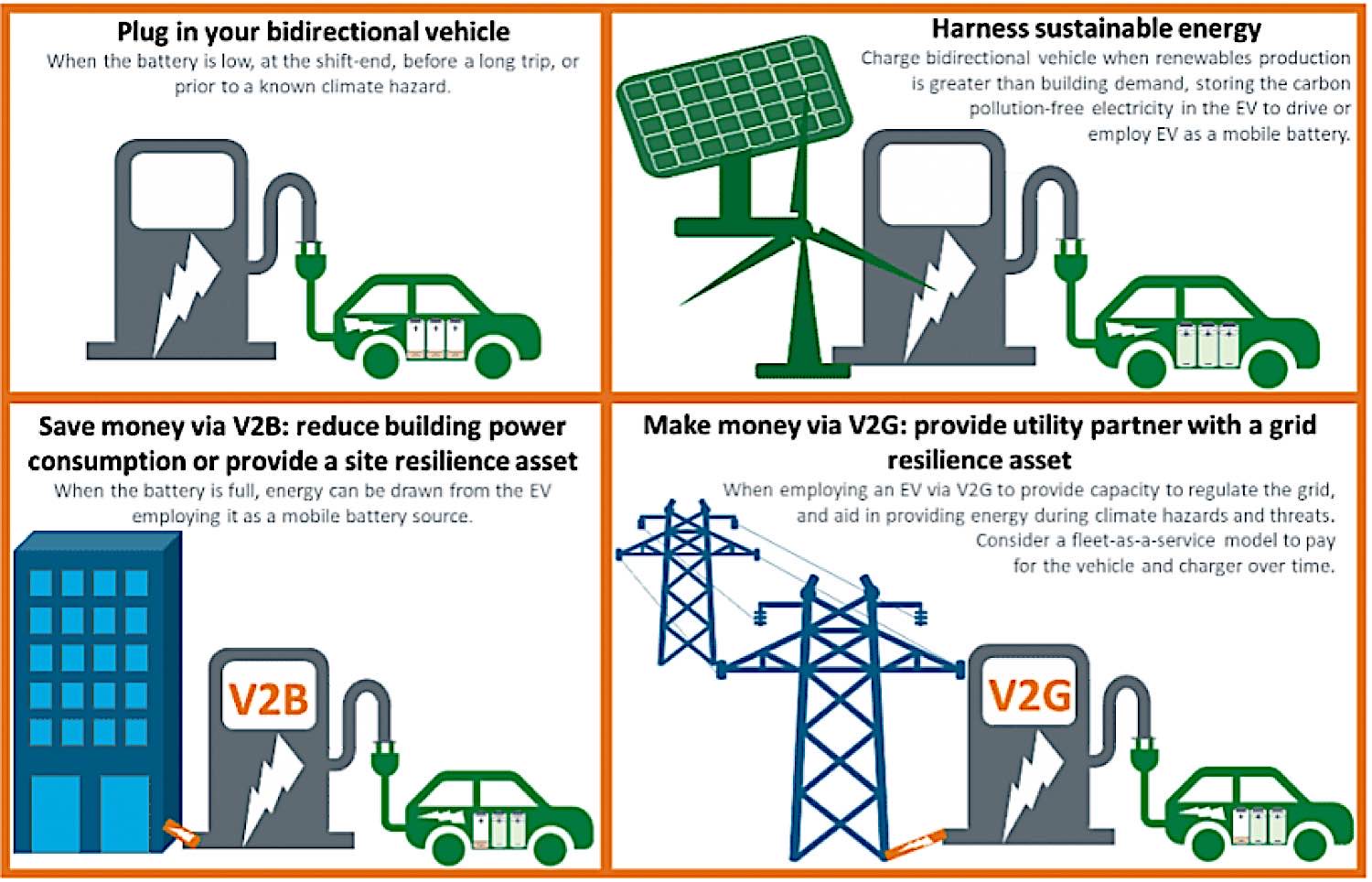
As you watch electric vehicle technology’s progress, it becomes clear that EVs are so much more than ‘cars without tailpipes.’ They are a prime example of what is possible when innovation in engineering design meets the power of advanced technology.
- Onboard data allows for real-time diagnostics and maintenance alerts, improving vehicle longevity and preventing sudden breakdowns.
- Through machine learning algorithms, onboard data can optimize energy consumption based on driving style and habits — this ensures efficient use of battery power.
- Over-the-air (OTA) updates, delivered based on analysis of onboard data, keep EVs up-to-date with the latest software and enhancements, similar to how your smartphone operates.
- Onboard data provides insights into charge cycle patterns, helping manufacturers improve battery design and longevity.
- Data gathered from the car’s telemetry can also be used for planning efficient energy grid management, contributing to a more sustainable future.
- Accumulated onboard data over time allows for predictive maintenance, drastically reducing vehicle downtime and repair costs.
- Autonomous driving technology heavily relies on the use of onboard data for navigation, obstacle detection and decision-making on the road.
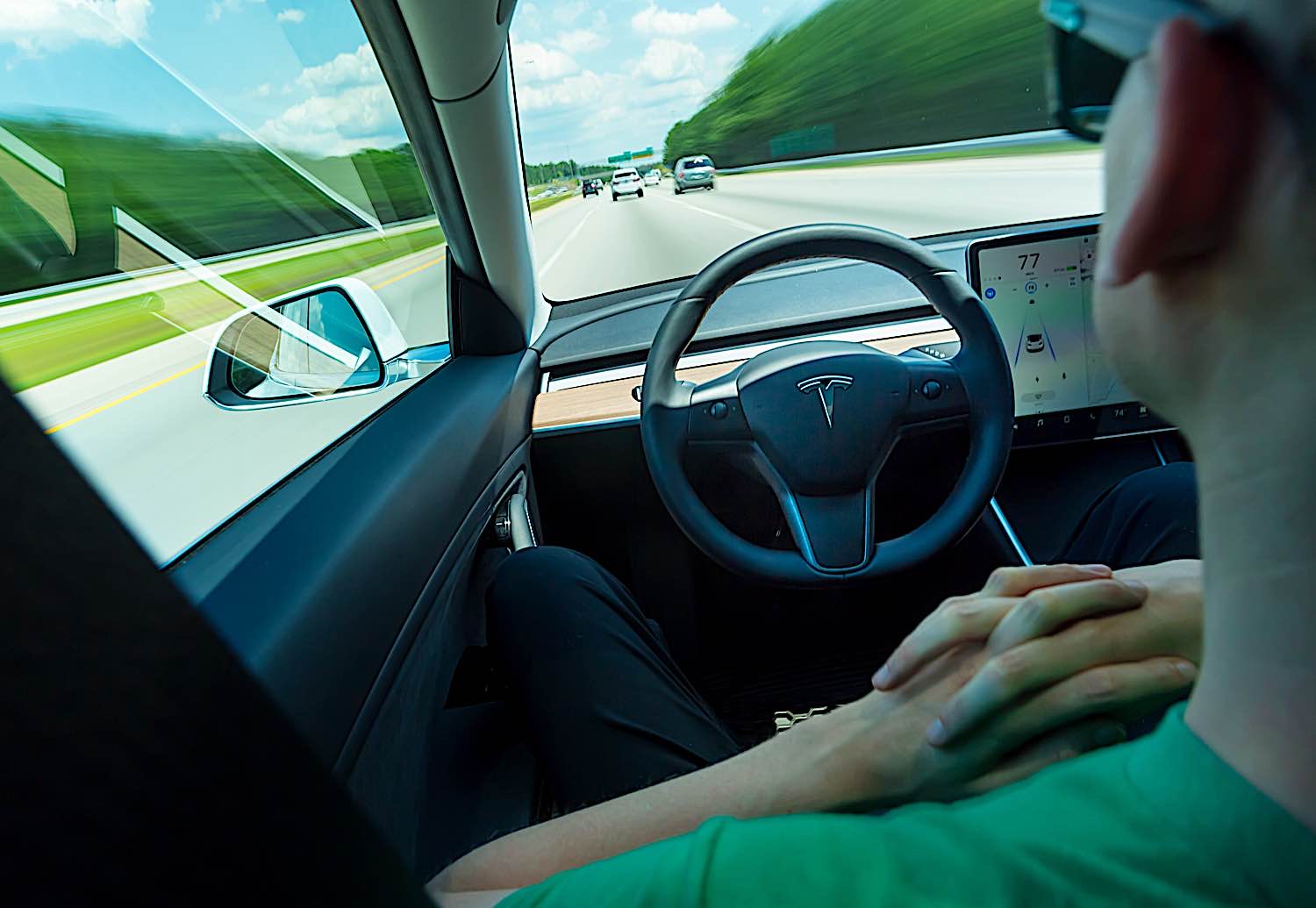
End of the Road for Traditional Cars? The Disruptive Impact of Electric Vehicles
Pivoting to a world where electric vehicles (EVs) are not just a concept, but a daily reality, we see this innovative technology brimming with both promises and challenges. Let’s delve into a balanced view of these machines of the future:
Technical Perspective Pros: –
- Efficiency: Electric motors convert energy into power in a more efficient way than internal combustion engines, often reaching around 60% efficiency compared to an average of 20% for gasoline cars. –
- Less Maintenance: Without spark plugs, oil changes, and other components frequent in traditional cars, EVs can be easier and cheaper to maintain.
Technical Perspective Cons:
- Range Anxiety: Despite continuous improvements, EVs still generally have a shorter range than gasoline cars. Battery technology must improve to achieve longer drives without recharging.
- Recharge Time: Charging an EVs battery still takes considerable time, especially when compared to pumping gas.
Environmental Perspective Pros:
- Reduces Emissions: EVs release zero emissions, helping mitigate air pollution and climate change.
- Energy Source Flexibility: EVs can utilize power from different sources, including renewable energy. This offers opportunities for sustainable energy transition.
Environmental Perspective Cons:
- Battery Production: The production of EV batteries often involves polluting processes and can be energy-intensive.
- Battery Disposal: The proper disposal and recycling of EV batteries is an environmental challenge that must be addressed.
Cost Perspective Pros:
- Lower Running Costs: Despite higher upfront costs, EVs are typically cheaper to run due to lower energy and maintenance expenses.
Cost Perspective Cons:
- Initial Purchase Costs: substantial upfront investment required to realize running cost savings.
